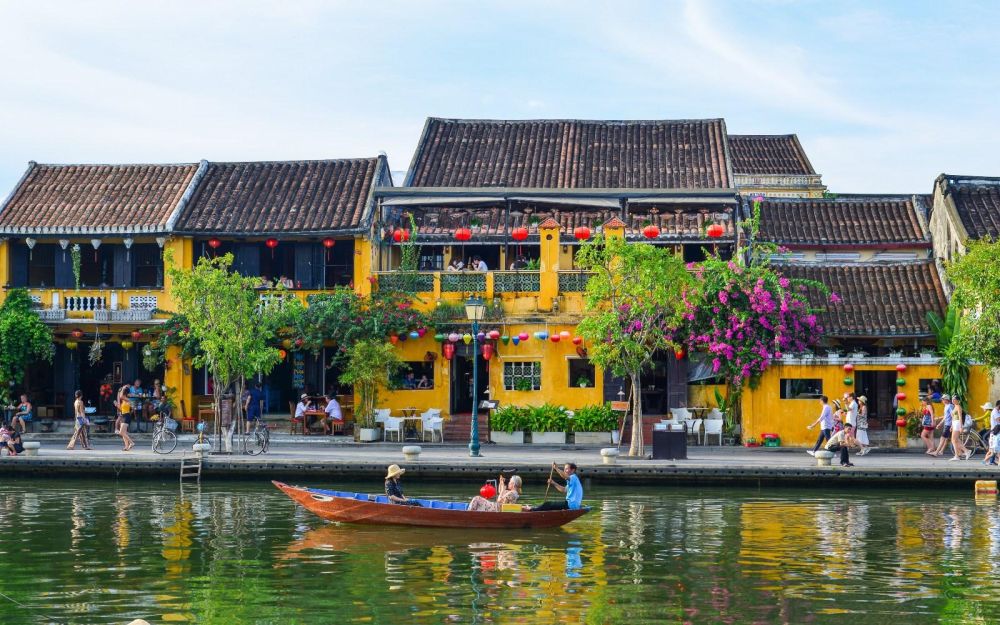

Known for its beautifully preserved Old Town, Hoi An Ancient Town is a mesmerizing destination in central Vietnam, boasting an illustrious history steeped in trade and multicultural influences. Today, it stands as a UNESCO World Heritage Site, recognized for its well-preserved example of a Southeast Asian trading port dating from the 15th to the 19th century.
Hoi An has been welcoming visitors since its heyday as a bustling port, but its rise as a modern tourist destination began earnestly in the 1980s and 1990s. With Vietnam's "Đổi Mới" reform policy for economic development, the country opened up to international tourists. Hoi An, with its quaint streets and historic charm, quickly caught the attention of travelers and historians alike.
The turning point for Hoi An tourism came in 1999, when UNESCO inscribed Hoi An Ancient Town on the World Heritage list. This acknowledgment brought global attention to the town's unique blend of indigenous and foreign cultures, particularly Chinese, Japanese, and European influences observable in its architecture and urban layout.
The growth in tourism necessitated the implementation of preservation efforts to maintain the integrity of Hoi An's historical relics, ancient houses, and traditional customs. Successful conservation projects have been crucial in not only preserving the town's physical structures but also its vibrant soul, safeguarding the living history for future generations and maintaining the town's charm for visitors.
Visitors to Hoi An Ancient Town can immerse themselves in the town's historical journey through its cobbled streets, vintage merchant houses, and iconic Japanese Covered Bridge. Cultural experiences include traditional lantern-making workshops, Vietnamese cooking classes, and witnessing the transformation of the town with colorful lanterns during the monthly Hoi An Lantern Festival.
The latest tourism trend in Hoi An is a focus on sustainable and responsible tourism. Travelers are increasingly drawn towards authentic experiences that promote cultural exchange and minimal environmental impact. There is also a growing interest in nearby rural areas, where tourists can engage in eco-friendly activities like bicycle tours, learning about local agriculture, and participating in community-based tourism initiatives.
The significance of food tourism is also on the rise, with many travelers looking to explore the region's culinary heritage. Traditional dishes like Cao Lầu and Mì Quảng are among the many delicacies that make Hoi An a gastronomic hotspot.
As Hoi An looks to the future, it seeks to balance tourism growth with the preservation of its unique cultural and historical heritage. Efforts such as pedestrianizing the Old Town and regulating tourism activities demonstrate this commitment. For those seeking a journey through time, Hoi An Ancient Town remains an enchanting window into Vietnam's storied past.